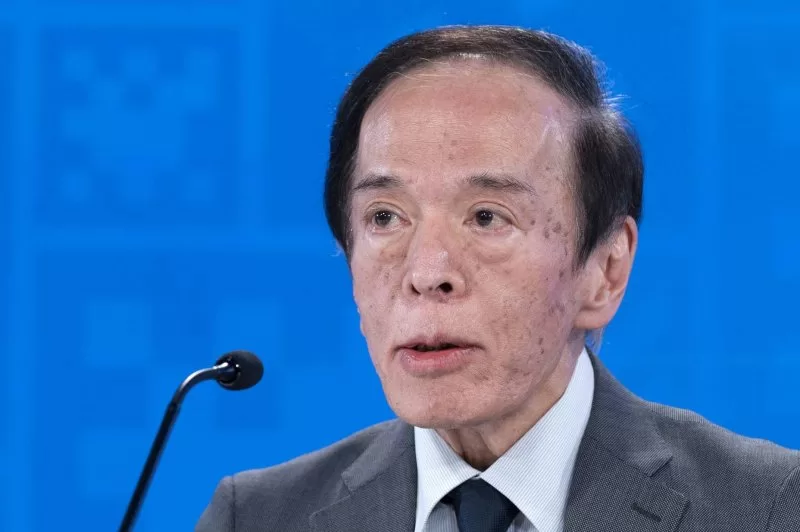March 19 (UPI) — Japan’s central bank voted Tuesday to hike its benchmark interest rate out of negative territory for the first time since 2016 and overhaul its overall accommodative monetary policy aimed at combating decades of economic stagnation.
Bank of Japan Policy Board members voted 7-2 for a 20 basis point rise in the rate on current account balances held by financial institutions at the bank, up from -0.1% to 0.1%, effective Thursday, the BOJ said in a news release.
“Unprecedented monetary easing is now over,” BOJ chief Kazuo Ueda told a press conference, stressing that the pace and magnitude of further rate rises would be dictated by the economy and inflation.
“Based on the outlook that we have at the moment, rapid increases will be avoided,” he said.
Prime Minister Fumio Kishida, welcomed the decision as presenting an opportunity for Japan to escape the years of deflation that have plagued the economy calling it “appropriate.”
The move to positive rates will increase the cost of borrowing for companies and households, especially home buyers the majority of whom have variable interest rate mortgages. However, it will be a boon to the fortunes of the financial sector.
The last time the bank raised rates was in 2007, thereafter cutting them bit-by-bit in a bid to encourage banks to lend to businesses, ultimately charging them interest to leave funds on deposit at the BOJ.
The board said the move was supported by a “virtuous cycle between wages and prices” that had brought its 2% inflation target within sight, which it expected to be achieved “in a sustainable and stable manner” toward the end of 2025 in line with its January 2024 outlook for economic activity and prices.
“The bank considers that the policy framework of Quantitative and Qualitative Monetary Easing with Yield Curve Control and the negative interest rate policy to date have fulfilled their roles.”
BOJ will also halt its purchases of exchange-traded funds and real estate investment trusts, another plank of its monetary easing strategy, along with YCC — but will not stop its purchases of government bonds in order to head off any spike in interest rates.
Qualitative easing tries to stimulate the economy by actively cutting interest rates while quantitative easing and YCC are aimed at suppressing long-term interest rates by purchasing government bonds to encourage lending, spending and investment.
The BOJ also said it would switch strategy for delivering the price stability target to one of using its short-term interest rate as the main policy tool, adjusting it according to the inflation implications of what happens with prices and economic and financial conditions.
However, it stressed the changes did not mean it would be ending measures to keep borrowing costs in check and boost spending in the economy any time soon.
“Given the current outlook for economic activity and prices, the Bank anticipates that accommodative financial conditions will be maintained for the time being,” said the bank.
